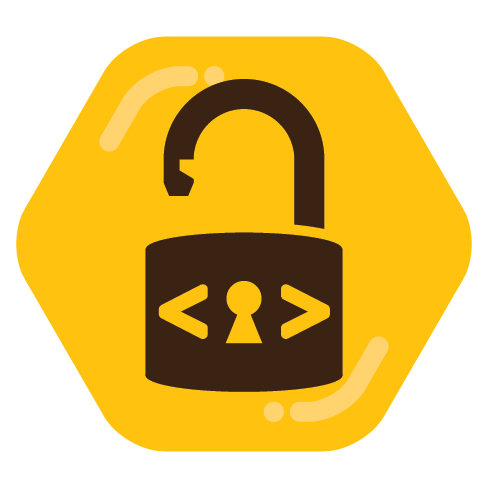This one is something that were brought up a lot by developers including me who are very weary about corporations profiting off of our work for free and this basically put us off from contributing to open source in general.
We get a bunch of dialogues about this such as:
Developers like me: “Many of us who create are concerned about our work being exploited. The possibility of corporations profiting from our open-source contributions without giving back to the community disincentivizes us from participating in such endeavors.”
Open-Source Advocates: “The AGPL exists to mitigate such concerns. It requires derivative works to also be open-source.”
Developers like me: “While I appreciate the intention behind AGPL, there is a loophole - a ‘condom code’ if you will. Even though Linux Kernel prevents such strategies by refusing to merge these changes and that it’s difficult for a singular corporation to force an adoption of a forked version of Linux Kernel, a corporation can fork our much smaller project however and introduce such legal bypass to the copyleft restrictions. This bypass can be justified by them under the guise of extending the software’s capabilities with a plugin interface or an interprocess communication protocol layer, similar to how PostgreSQL allows User Defined Functions. However, I must caution that I’m not well-versed in the legal intricacies.”
When bringing up on non-commercial clause for licensing
Open-Source Advocates: “Disallowing commercial use of your project contradicts the principles of open-source.”
Developers like me: “Well, then perhaps we need a new term, something like ‘Open Code Project’. We can create projects that encourage collaboration and openness while also restricting commercial exploitation.”
So I created this post, because we do need to discuss on a path forward for Open Source in general knowing that corporation can shirk around this restriction and discourage developers like me from participating in open source or open code projects.


Check out Epic’s Unreal Engine License. Essentially after a certain amount of income they require revenue percentages from sales of the product. You could likely do something except as a flat fee rather than a percentage of sales. Again, though, enforcement takes money though. Is your GUI toolkit so revolutionary that people will even use it? It’s more likely to get more people using it if it’s open source but of course, it means you can’t really monetize it to commercial projects.
I don’t think it’s that revolutionary, but there are some things that doesn’t exist in current GUI Toolkit worlds.
The GUI Toolkit I wrote utilize few things:
That on top of my head, I wanted to have a GUI that focuses on making it easier to extend while keeping it conventional for those familiar with Windows Forms on Microsoft Windows and eventually WPF if time allows.
That the gist of why I wrote my GUI Toolkit and I have spend 4 years working on it, it’s reaching the point that it could be ready for prime time basically.
The licenses you brought up is interesting and it could work too.
Okay, now I am interested in learning more about this GUI toolkit even though I am a game developer, not an app developer. Got a website or such?
Currently early atm, but generally, I got the backend code sorted out where we have cross-platform windowing context, vulkan code, accessibility protocol, and so forth. The challenges are the front end GUI, making it looks pretty, it’s still have a way to go.
And of course the documentation which is still WIP. I wrote other docs sometime like this for C language development community which I have put off for a while since I worked on few projects:
The best part is… I solo-develop all of it… facedesk